The raccoon dog is an animal that has been familiar to Japanese people since ancient times. Many people have seen raccoon dogs in the wild, not only in Satoyama areas but also in residential areas.
It's hard to imagine living in an urban area, but raccoon dogs are also a nuisance because they invade fields and kitchen gardens, eat crops, and drop feces.
Although the number of damages caused by wild boars and deer is smaller than that of wild boars and deer, it causes about 150 million yen of crop damage nationwide every year ( Announced by the Ministry of Agriculture, Forestry and Fisheries - Status of damage to agricultural crops by wild birds and beasts nationwide in 2018 ). This time, I will explain the ecology of such raccoon dogs and how to prevent damage.
Characteristics and ecology of raccoon dogs
There are two types of raccoon dogs in Japan: the Japanese raccoon dog (Hondo raccoon dog), which lives in Honshu, Shikoku, and Kyushu, and the Ezo raccoon dog, which lives in Hokkaido. Hokkaido has a small habitat, but in Honshu, the Kinki region has a high percentage of the habitat.
Body size is 50 to 60 centimeters in head and body length, and 60 to 80 centimeters including the tail. Weight is about 3-5 kg.
Since it belongs to the canine family, it has a long nose and footprints that are somewhat similar to those of a dog. They live alone or in family units and do not hold territories. In addition, multiple raccoon dogs have a habit of "accumulating feces" in a certain place.
In addition to insects, earthworms, fruits, nuts, seeds, and grains, they also eat reptiles, crustaceans, small animals, carcasses, garbage, and dog food.
Is the raccoon dog responsible for destroying the fields? Or...
Raccoon dogs are often mistaken for civets, raccoons, and badgers because they resemble civets, raccoons, and badgers in appearance and size. They are also omnivorous and are similar in that they eat a variety of foods.
If you take countermeasures against the wrong animal, the effect may be diminished, so it is important to first find out whether the target animal is a raccoon dog or another animal.
A raccoon has stripes on its tail, but a raccoon dog does not have stripes on its tail. Another characteristic of raccoons is that they are dexterous with their hands, so they poke holes in the skin of watermelons and cut them out to eat the contents. If you look at the food marks, it's relatively easy to tell that the raccoon is the culprit.
Also, palm civets have a pink nose with a white line running from the forehead to the nose, but raccoon dogs do not have that. In addition, civets have fairly long tails, and since they belong to the civet family, their movements are somewhat cat-like.
Badgers belong to the mustelid family and have five toes and sharp claws. On the other hand, the raccoon dog has four fingers, so there are differences in the footprints. In addition, raccoon dogs have brown heads and black cheeks, and have a lot of brown and black hair, while badgers have black above and below their eyes and brown and whitish hair. A badger has shorter legs than a raccoon dog, and is also characterized by its stockiness.
Palm civets and raccoons are good at climbing high places, and move dexterously even on high and thin scaffolding. For this reason, they eat their favorite foods, such as fruit on trees, and enter attics through rain gutters.
On the other hand, the raccoon dog likes fruit, but is not good at climbing trees.
Reference article
Raccoon ecology, countermeasures, and extermination>>About civet measures >>
About badger characteristics and countermeasures>>
What you need to know about raccoon dog measures
First of all, due to the omnivorous nature mentioned above, care must be taken not to leave garbage, dog food, waste vegetables or fallen fruits unattended. Community efforts should be made to prevent raccoon dogs from recognizing them as feeding grounds. Also, if there are abandoned fruit trees, you can prevent damage by cutting them down as much as possible to prevent animals from approaching the fallen fruit.Protection by physical fence
Raccoon dogs are not good at climbing and are not strong compared to large animals, so if you physically block the entry route, you can greatly reduce the damage.
As a physical protection fence for raccoon dogs,
(1) It must be a metal fence so that it cannot be bitten off or pushed open.
②There should be no gap between the ground and the fence.
(3) Must be at least 1.5 meters high so that it cannot be jumped over.
If necessary, it is also effective to cover the inside of the field with a blindfold. In addition, it is recommended to mow the grass in advance where the fence will be installed, as it will make it easier to notice the gap between the ground and the fence when installing, so it will be easier to adjust the fence.
Featured Products
Introducing an easy-to-install anti-animal fence! >>capture by trap
If intrusions are frequent and damage continues, capture should also be considered. Capture them using " box traps " for hunting and capturing harmful birds and beasts. *In some cases, they can be captured using a " Kukuri Trap ". About 20,000 to 30,000 of them are captured each year by hunting and capturing harmful birds and animals.
Box traps are lured with bait and lured into the trap, so if there are kudzu vegetables and abandoned fruits that raccoon dogs feed on, it will be difficult to lure them into the trap. If there is anything in the vicinity that attracts you to a place other than a trap, be sure to remove it.
We recommend fruit or corn as the bait to attract. Meat and pet food may be eaten by animals other than raccoon dogs, so it is better to avoid them.

 箱罠
箱罠
 くくり罠
くくり罠
 パーツ類
パーツ類
 電気柵
電気柵
 自作キット
自作キット
 防獣グッズ
防獣グッズ
 監視カメラ
監視カメラ
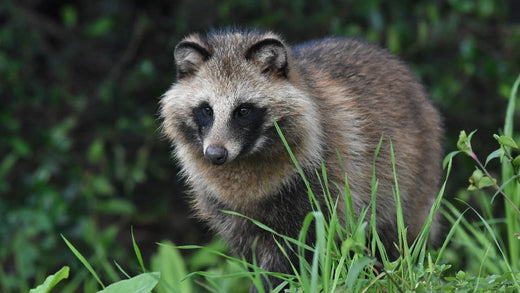
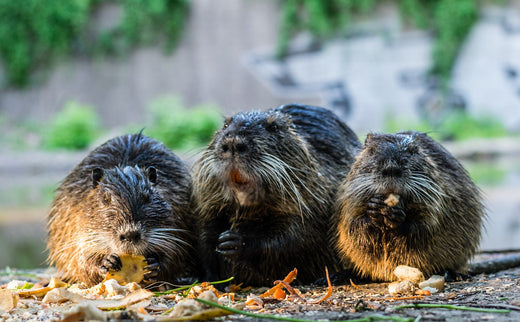
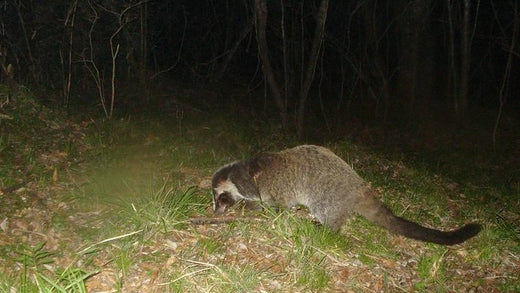
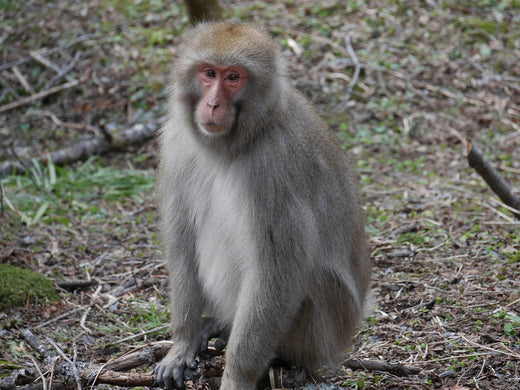
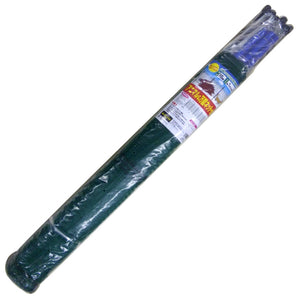
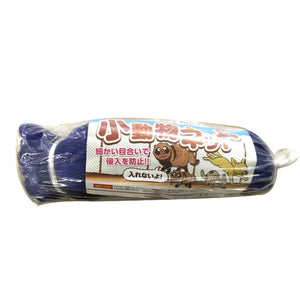


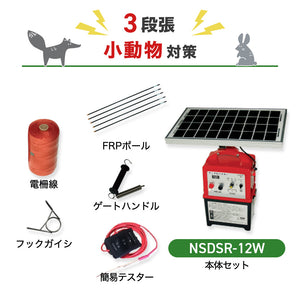
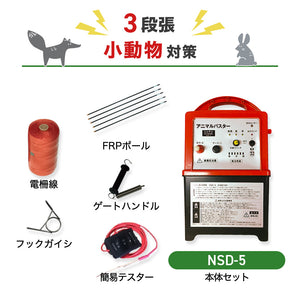
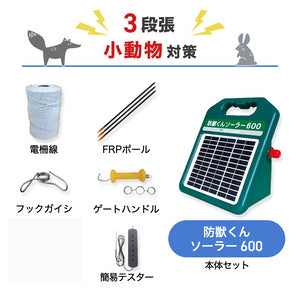

![Fare Asahi Shiki Small Animal Box Trap Small Size [Single Door]](http://inohoi.jp/cdn/shop/files/asahi-small02_071bc964-fa6b-4587-ae52-d15e905cc2c7_300x300_crop_center.progressive.png.jpg?v=1727766085)
![Folding type box trap [single door]](http://inohoi.jp/cdn/shop/products/main_300x300_crop_center.progressive.jpg?v=1625808867)
 box trap
box trap
 tying trap
tying trap
 enclosure trap
enclosure trap
 Prevention and avoidance goods
Prevention and avoidance goods
 electric fence
electric fence
 trap surveillance camera
trap surveillance camera
 transportation goods
transportation goods
 Trap detection sensor
Trap detection sensor
 hunting supplies
hunting supplies
 game cookware
game cookware
 hunting books
hunting books
 Anti-bird goods
Anti-bird goods
 Agricultural materials/machinery
Agricultural materials/machinery
 Gibier
Gibier
 boar
boar
 deer
deer
 Kyon
Kyon
 monkey
monkey
 raccoon
raccoon
 Badger
Badger
 palm civet
palm civet
 raccoon dog
raccoon dog
 nutria
nutria
 mouse or rat
mouse or rat
 Mole
Mole
 bear
bear
 pigeon
pigeon
 Crow
Crow







